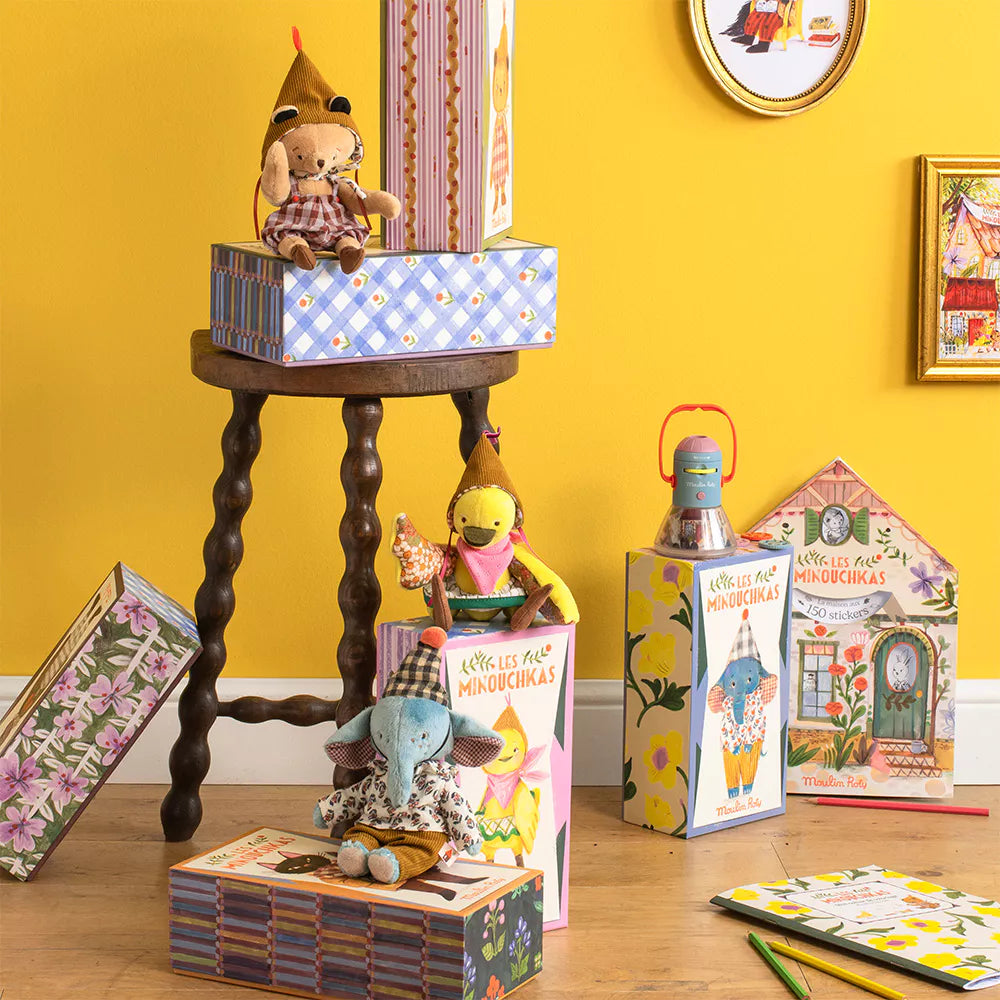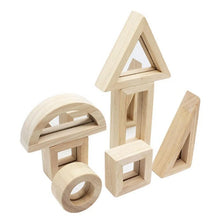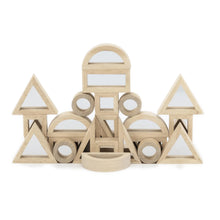Building Young Minds : The Magic of Block Play!

Block play is a timeless and versatile activity that offers many benefits for children of all ages. Lets take a look at some of these benefits, along with some practical tips to enhance your child's block play experience:
Some Benefits of Block Play
Block play offers a wide range of benefits for children, categorised into 5 main areas: Developmental, Cognitive, Social & Emotional, Physical, and Educational. Here is a table organising these benefits:
|
Category |
Benefits |
|---|---|
| Developmental |
|
| Cognitive |
|
| Social & Emotional |
|
| Physical |
|
| Educational |
|
Age-specific recommendations
For toddlers (1-3 years):
Start with soft, lightweight blocks that are easy to grasp and stack, focusing on large sizes that prevent choking hazards. During this crucial developmental stage, toddlers are developing their fine motor skills, hand-eye coordination, and spatial awareness. Begin with simple stacking activities using 6-12 size appropriate blocks in primary colours. Soft fabric blocks or large foam blocks are ideal as they're safe for throwing and won't cause injury. As they approach age 2, introduce basic wooden unit blocks and simple shape sorters.
By age 3, toddlers can handle more complex shapes and sizes, including basic interlocking blocks that help develop problem-solving skills and bilateral coordination.
For preschoolers (3-5 years):
Offer a variety of block types, including wooden blocks, cardboard stacking blocks, and silicone blocks to stimulate different sensory experiences. Encourage them to build simple structures like towers, bridges, and enclosures while exploring different textures, weights, and building properties. At this stage, children are developing symbolic thinking and can begin creating representational structures like houses and towers. At his age you can introduce magnetic blocks, bristle blocks, and basic LEGO sets to challenge their growing dexterity. Encourage collaborative play and storytelling with their constructions, as this age group thrives on imaginative play and social interaction.
For school-age children (5-8 years):
Provide more challenging block sets that require advanced problem-solving skills, spatial reasoning, and planning abilities, such as bridge building, castle construction, or block-based marble tracks. At this developmental stage, children can follow complex instructions, work with smaller pieces, and engage in sustained building projects over multiple sessions. Introduce engineering concepts through sets that require balance, symmetry, and structural integrity. Add dynamic accessories like our Haba ball track systems and the Zig and Go range to take their block play to the next level, incorporating physics concepts like momentum, gravity, and cause-and-effect relationships.
Practical block play tips:
Safety
- Ensure the blocks your child is playing with are age appropriate. This is particularly important for children under the age of 3 and sets that are rates 3 + can present serious choking hazards.
- Supervise children during block play, especially younger children when using small or heavy blocks that can be hazardous when dropped or thrown.
- Teach children to clean up their blocks after play to avoid stepping hazards. Provide thoughtful, accessible storage solutions to achieve this such as carts with wheels and carry baskets.
Storage ideas
- Designate a specific block storage area, such as a shelf or bin, to keep blocks organised and easily accessible.
- Use storage containers or bags to categorise blocks by type, set or colour.
- Consider a block cart, wagon or carry baskets for easy transport and storage.
Suggestions to extend block play
- Introduce themed block sets, such as animals, vehicles, or buildings, to spark imagination and creativity.
- Encourage role-playing and storytelling with blocks, such as creating a block city or block farm.
- Challenge children to build specific structures or designs, such as a bridge or a castle.
Send A Toy sells a comprehensive range of traditional blocks and building toys to inspire your child's creativity and development.
You can view our complete blocks and construction range here:

























